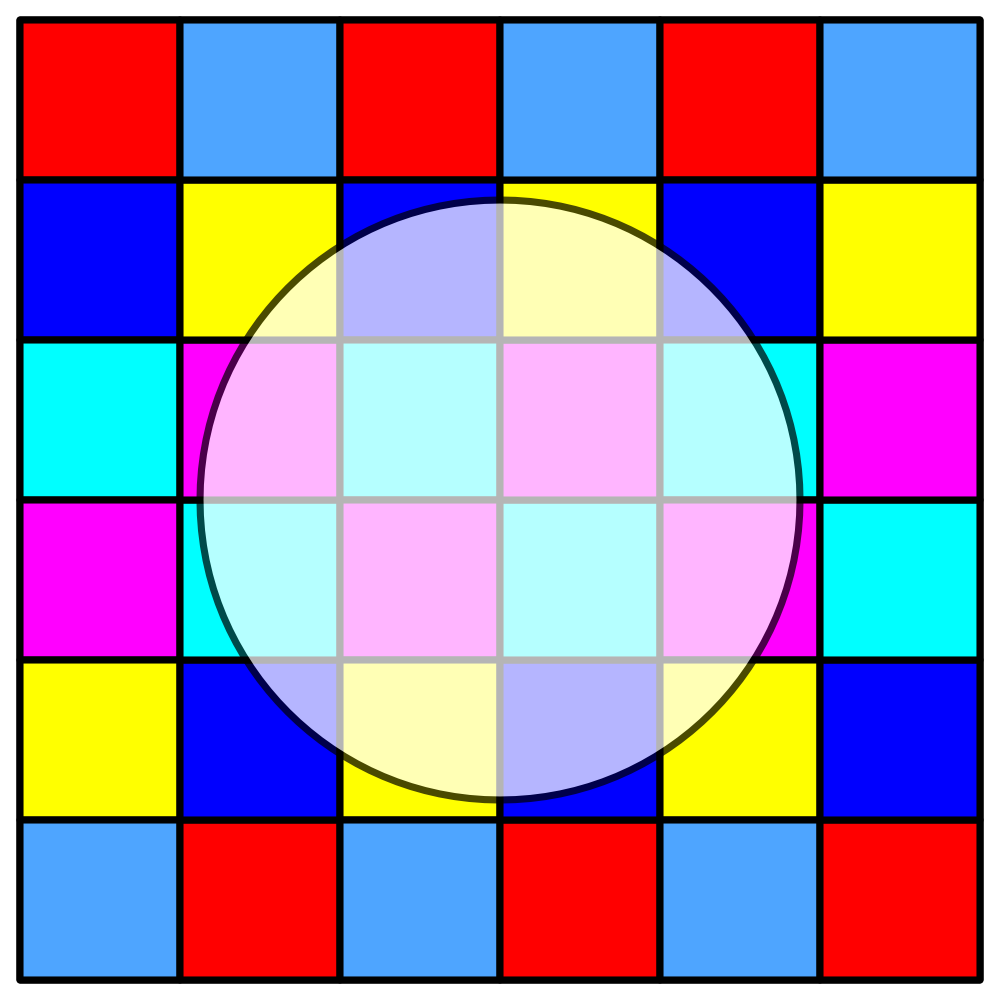-
Posts
537 -
Joined
-
Last visited
Everything posted by AdamStanislav
-

affinity designer Happy Valentine's Day!
AdamStanislav replied to Roxanne S's topic in Share your work
That is amazing. -
Very clever.
-
Marbelous!
-

affinity designer Artwork for greetings cards
AdamStanislav replied to William Overington's topic in Share your work
Sort of. According to wikipedia the pronunciation is ˈlɪməsɒn. That is the common English pronunciation. The French pronounce im as a nasal sound, which I know how to pronounce, but do not know how to transcribe phonetically. They also tend to stress the last syllable of every word (which is the exact opposite of what we do in Slovak, where we stress the first syllable, except when the word is immediately preceded by a preposition, in which case we pronounce both as if they were one word, so we stress the first syllable of the preposition). -
This is what, in my humble view, the US Congress (and the rest of Washigton) has devolved to by now (January 2022). Reminds me of the ancient Chinese curse, May you live in interesting times! Anyway, created in Affinity Designer.
-
- washington dc
- congress
-
(and 1 more)
Tagged with:
-

affinity designer Artwork for greetings cards
AdamStanislav replied to William Overington's topic in Share your work
And this one makes it look like a piece of cake, as long as you can forgive him for the way he pronounces limaçon. -

affinity designer Artwork for greetings cards
AdamStanislav replied to William Overington's topic in Share your work
If you’re willing to do some math to find a number of points on your limaçon, then you could just draw a series of smoothly connected curve segments that would look like a limaçon to us. Perhaps this video can get you started: -
I just drew a rectangle, then a smaller rectangle in the top left corner. Then I duplicated the smaller one and shift-dragged it down, changed its color and repeated until I had a column of six rectangles. Then I selected them, grouped them, duplicated the group, shift-dragged it to the right, flipped it vertically, grouped the two groups into one, duplicated, shift-dragged to the right, duplicated the same group again, shift-dragged to the right, then one more time. Then I drew a circle, centered it, filled with white and made it transparent. That’s all I did. I guess I lucked out that the smaller rectangle width and height just happened to be one sixth of the width and height of the big rectangle. Sorry, nothing more than that. I have enclosed the abstract.afdesign file if you want play with it.
-
Just FYI, that is what various European languages call it (in their own language, of course). In the US the same concept is called Daylight-Saving Time. So, when the average American sees you talking about summer time, he/she will think you are talking about the Summer (the season), just as in the song.
-
You got it now. Pondelok is Monday. Nedeľa is Sunday. Nedeľu is the locative case of nedeľa, as in v nedeľu means on Sunday. Mesiac is a month (as well as the Moon). Rok is a year, a is and (so mesiac a rok means the month and the year). Týždeň is a week. We don’t use any articles, so just skip any the, a, an without translating them. There is no such thing as pondelog in Slovak, perhaps someone misunderstood a pronunciation guide, as if a word that ends with a k is followed by another word, we pronounce the k as a g, and other unsounded consonants as their sounded counterparts. In fact a pet peeve of one of my English teachers was his students pronouncing but as bud.
-
Hmm, why are September, October and November in the genitive case, but December in the nominative case? (They should all be in the nominative in the header, and in the genitive case only for a specific date, as in 1. októbra, which is how we say it, meaning "of the first of October". The months (in the correct nominative case) are január, február, marec, apríl, máj, jún, júl, august, september, október, november, december. The first day of the week is Monday, so the days starting with Monday are pondelok, utorok, streda, štvrtok, piatok, sobota, nedeľa. And yes, we start all those with lower-case letters, except if they are starting a new sentence (though in a calendar they generally are in all caps, just as you did).
-
If you click on the tiny picture, it gets much bigger.
-
Presumably comes from the Latin felix, which means lucky. But it probably also means happy. At least in Slovak, šťastný means both, lucky and happy. And we say Šťastný nový rok, meaning Happy New Year as well as Lucky New Year. So, perhaps feliz means more than one thing, too.






